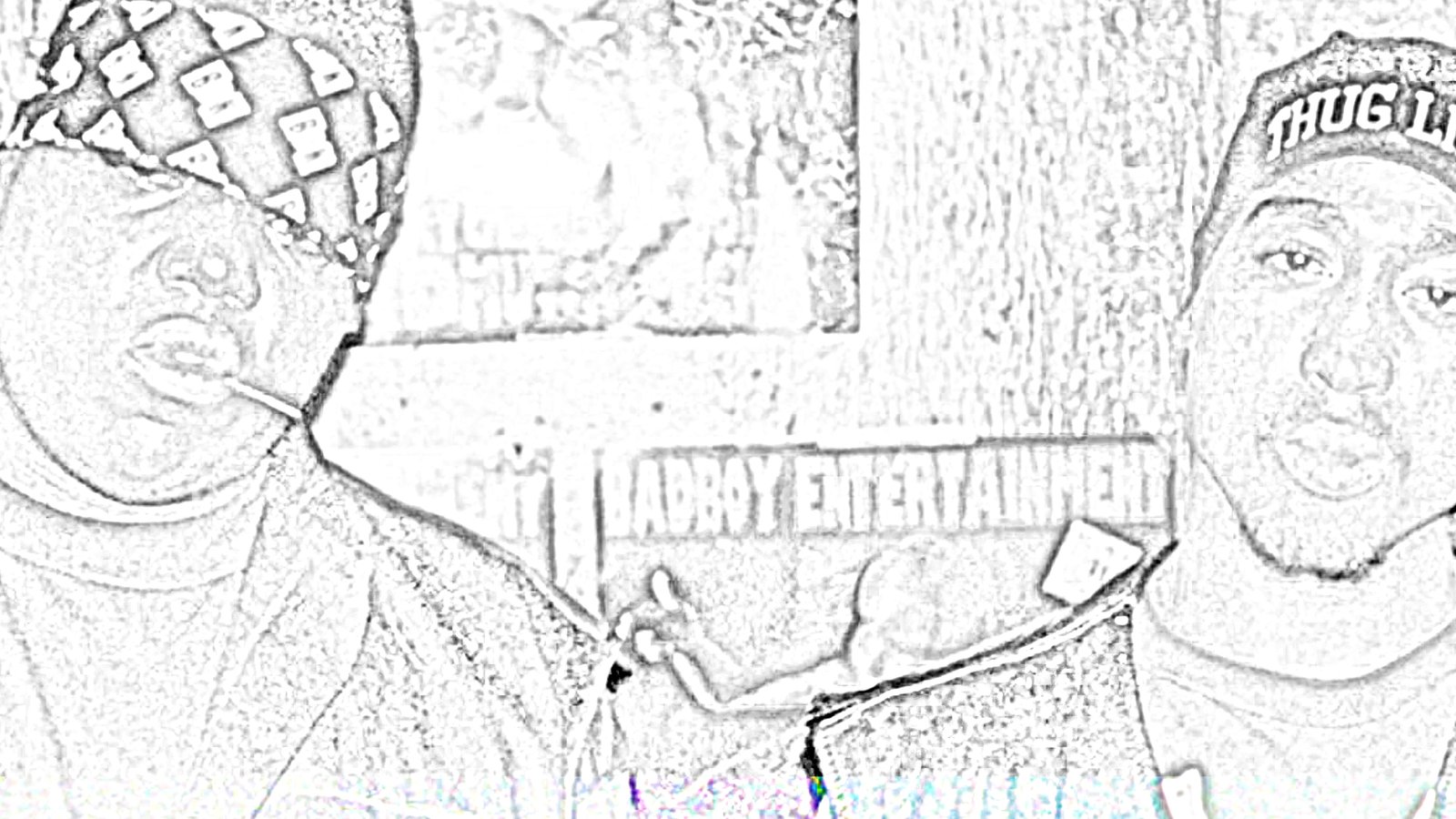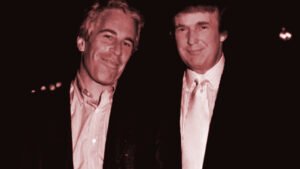Tupac and Biggie’s Legacies Need a Rethink
Among modern hip hop listeners, the names Tupac Shakur and The Notorious B.I.G. have always stood out as legendary. Their careers, cut short by tragedy, led many to place them in the legendary category, but it is fair to question whether they would still be considered legends had they lived longer.
Both rappers possessed skill, clarity, and outstanding cadence, with rhymes and flows that distinguished them from many of their peers. Biggie’s command of rhythm and his ability to ride a beat made him an excellent MC, while Tupac’s brash and outspoken lyricism allowed him to outshine other rappers of his era.
Their untimely deaths have cast a shadow over what they could have become. Although they released posthumous songs and albums, these did not fully showcase their talents. There were glimpses of greatness, but not definitive proof that they would have reached legendary status.
Most hip hop fans place both artists in their top five, or even top three, of all time. But do they truly deserve such universal acclaim? It is a subjective matter. Many argue that they achieved more in their brief careers than others have over decades. Yet, some millennial and even Baby Boomer listeners might argue that they are overrated, pointing to other rappers who were more talented and to an industry that once thrived in a more peaceful, harmonious era.
Listeners from the same generation as Tupac and Biggie tend to disagree with such critiques, insisting that both deserve a place on the hip-hop Mount Rushmore. Meanwhile, younger listeners may admire them largely because their parents and relatives listened to them religiously during their youth.
Hip hop originated from wordplay, rhyme, and a distinctive New York dialect that many global artists sought to emulate. Tupac and Biggie disrupted that landscape, ushering in a more chaotic and confrontational environment marked by ‘beef’ culture and the rise of gangster rap; a shift that many found distasteful. Despite this, the industry thrived as labels such as Bad Boy, Interscope, and Death Row formed alliances and poured significant marketing funds into hip hop, turning artists into millionaires and business moguls.
There is no doubt that Tupac and Biggie reshaped the industry’s business model. The East Coast versus West Coast rivalry generated millions in revenue and gave rise to third-party ventures, while also influencing distribution channels such as digital CD sales. Still, it could be argued that neither artist reached their full potential before their deaths, and their existing discographies may not be enough to place them in the legendary category on merit alone.
While both rappers died young, their bodies of work do not necessarily indicate that they had the crossover appeal required to secure a spot on Mount Rushmore. The term “legendary” is often used too loosely, as if anyone with decent music or clever wordplay qualifies as a legend. In truth, both Tupac and Biggie may be overrated. At the time of their deaths, their music was heavily marketed by the likes of Diddy and Suge Knight, who profited from the legend narrative. Tupac and Biggie were talented; on par with artists like Nas or Jay-Z, but to label them as untouchable legends may be a stretch.




